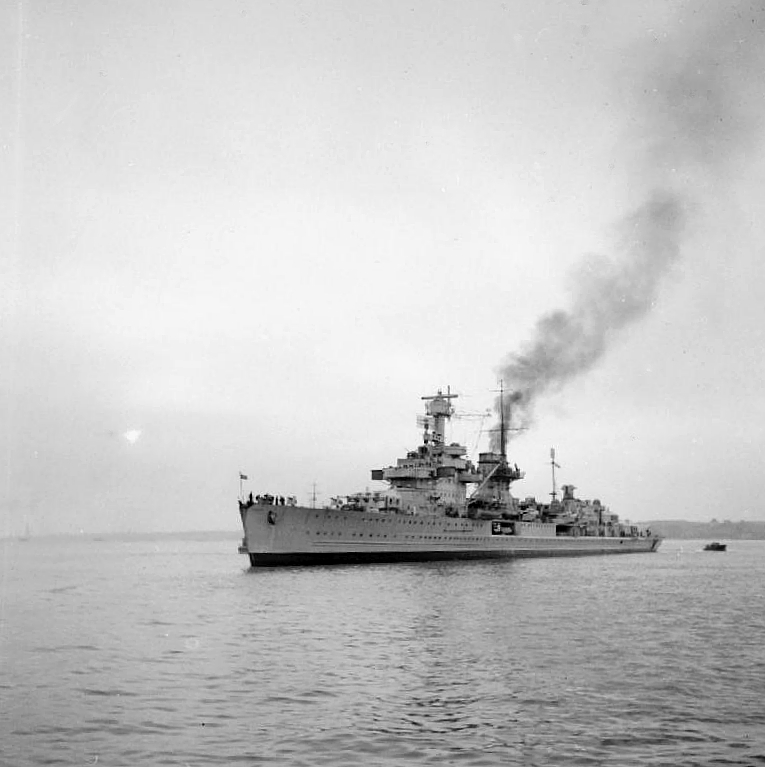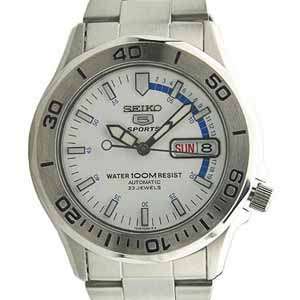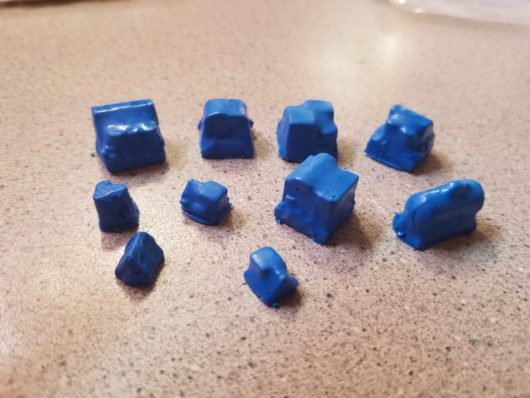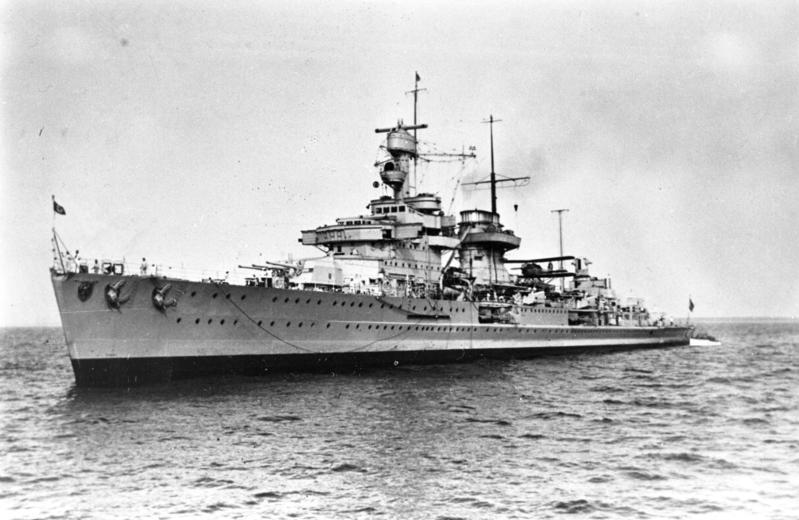History: On 24 May, Nürnberg and the heavy cruiser Prinz Eugen sailed from Copenhagen under escort by Devonshire, Dido, and several other warships. The flotilla arrived in Wilhelmshaven on 28 May, and the German vessels remained there while their fates were determined at the Potsdam Conference. The Allies eventually decided to award Nürnberg to the Soviet Union. To prevent the Germans from scuttling their ships as they had done in 1919, the Allies formally seized the vessels on 19 December, while Nürnberg was in drydock. That day, the ship's Soviet crew came aboard. On 2 January, the Soviets took their seized warships, which also included the target ship Hessen, Hessen's radio-control vessel Blitz, the destroyer Z15 Erich Steinbrinck, and the torpedo boats T33 and T107, to Libau in present-day Latvia.
The Soviet Navy examined the ship in great detail after she arrived in Libau. The cruiser was then renamed Admiral Makarov and assigned to the 8th Fleet, based in Tallinn. In late 1948, she became the flagship of the 8th Fleet, under the command of Vice Admiral F. V. Zozulya. In the early 1950s, three new Chapayev-class cruisers entered service, which prompted the Soviet Navy to withdraw Admiral Makarov from front line duties. She returned to her old job as a training cruiser, this time based in Kronstadt in mid-1954. During this period, most of her light anti-aircraft armament was removed, and new radars were installed. Her ultimate fate is unclear; she appears to have been placed out of service by May 1959, and was scrapped some time thereafter, reportedly by mid-1960. Nevertheless, she was the longest-surviving major warship of the Kriegsmarine, and the only one to see active service after the end of the war.
The Soviet Navy examined the ship in great detail after she arrived in Libau. The cruiser was then renamed Admiral Makarov and assigned to the 8th Fleet, based in Tallinn. In late 1948, she became the flagship of the 8th Fleet, under the command of Vice Admiral F. V. Zozulya. In the early 1950s, three new Chapayev-class cruisers entered service, which prompted the Soviet Navy to withdraw Admiral Makarov from front line duties. She returned to her old job as a training cruiser, this time based in Kronstadt in mid-1954. During this period, most of her light anti-aircraft armament was removed, and new radars were installed. Her ultimate fate is unclear; she appears to have been placed out of service by May 1959, and was scrapped some time thereafter, reportedly by mid-1960. Nevertheless, she was the longest-surviving major warship of the Kriegsmarine, and the only one to see active service after the end of the war.
Class: The Leipzig class was a class of two light cruisers of the German Reichsmarine and later Kriegsmarine; the class comprised Leipzig, the lead ship, and Nürnberg, which was built to a slightly modified design. The ships were improvements over the preceding Königsberg-class cruisers, being slightly larger, with a more efficient arrangement of the main battery and improved armor protection. Leipzig was built between 1928 and 1931, and Nürnberg followed between 1934 and 1935.
Both ships participated in the non-intervention patrols during the Spanish Civil War in 1936 and 1937. After the outbreak of World War II, they were used in a variety of roles, including as minelayers and escort vessels. On 13 December 1939, both ships were torpedoed by the British submarine HMS Salmon. They were thereafter used in secondary roles, primarily as training ships, for most of the rest of the war. Leipzig provided some gunfire support to German Army troops fighting on the Eastern Front.
Both ships survived the war, though Leipzig was in very poor condition following an accidental collision with the heavy cruiser Prinz Eugen late in the war. Leipzig was therefore used as a barracks ship before being scuttled in 1946. Nürnberg, however, emerged from the war largely unscathed, and as a result, was seized by the Soviet Navy as war reparations, and commissioned into the Soviet fleet as Admiral Makarov; she continued in Soviet service until the late 1950s, and was broken up for scrap by 1960.
Both ships participated in the non-intervention patrols during the Spanish Civil War in 1936 and 1937. After the outbreak of World War II, they were used in a variety of roles, including as minelayers and escort vessels. On 13 December 1939, both ships were torpedoed by the British submarine HMS Salmon. They were thereafter used in secondary roles, primarily as training ships, for most of the rest of the war. Leipzig provided some gunfire support to German Army troops fighting on the Eastern Front.
Both ships survived the war, though Leipzig was in very poor condition following an accidental collision with the heavy cruiser Prinz Eugen late in the war. Leipzig was therefore used as a barracks ship before being scuttled in 1946. Nürnberg, however, emerged from the war largely unscathed, and as a result, was seized by the Soviet Navy as war reparations, and commissioned into the Soviet fleet as Admiral Makarov; she continued in Soviet service until the late 1950s, and was broken up for scrap by 1960.
Nationality: The Soviet Union, officially the Union of Soviet Socialist Republics, was a socialist state in Eurasia that existed from 1922 to 1991. Nominally a union of multiple equal national Soviet republics, its government and economy were highly centralized.
Item Links: We found: 1 different collections associated with Admiral Makarov - Cruiser
- Collection Warships: 1 different items.
Item created by: gdm on 2019-04-03 08:32:42
Last edited by: gdm on 2019-04-03 08:32:56
If you see errors or missing data in this entry, please feel free to log in and edit it. Anyone with a Gmail account can log in instantly.
Last edited by: gdm on 2019-04-03 08:32:56
If you see errors or missing data in this entry, please feel free to log in and edit it. Anyone with a Gmail account can log in instantly.









